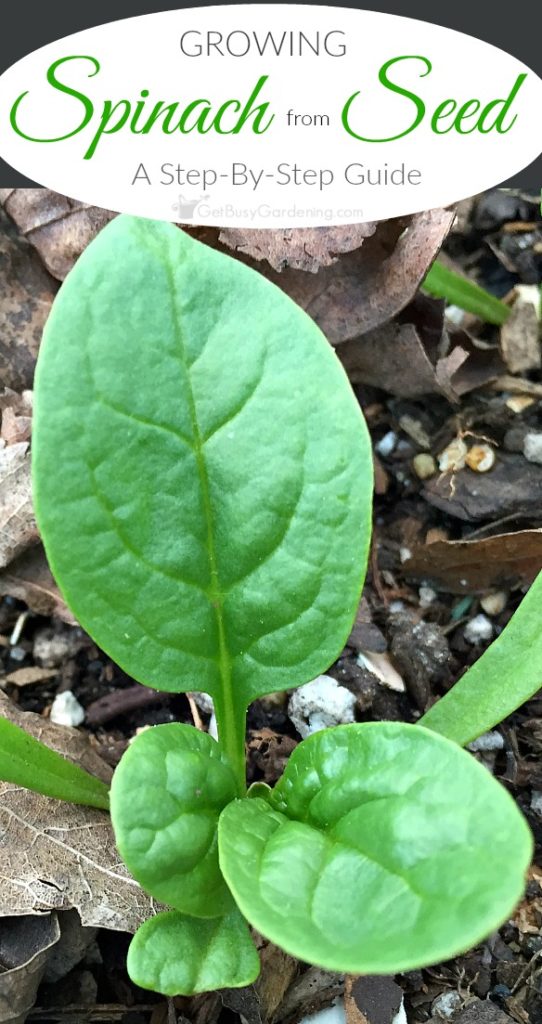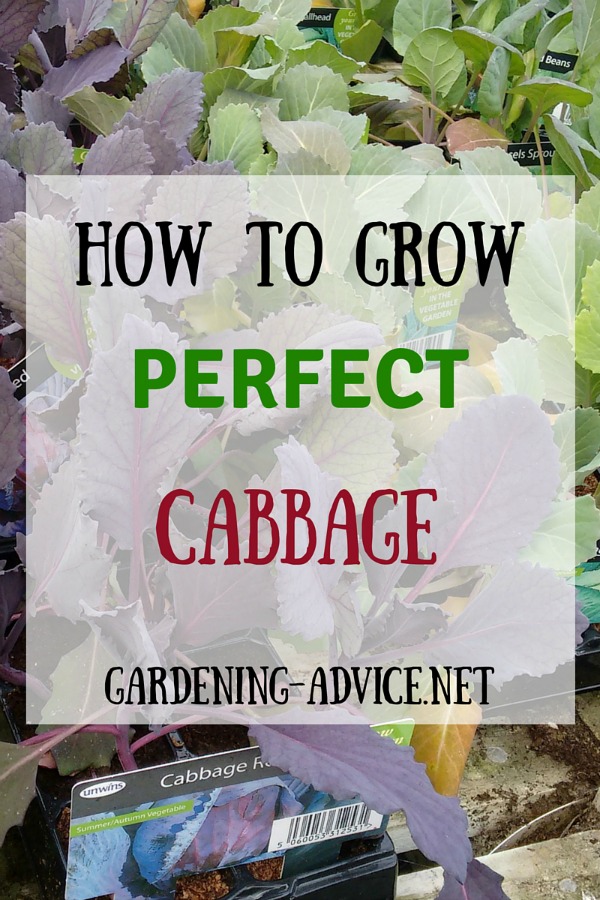As the spring season approaches March, it’s time to look at your garden and see what you can grow. After all, you can harvest a lot of nutritious crops in the near future if you pick the right ones. Let’s take a look at many vegetables that should be planted in March.

#1. Grow Cabbage Indoors and Transplant In Garden Rows
Cabbage seeds should be sown indoors two months before the last spring frost. This period usually means early March. After a month and a half, you can finally transplant the cabbage plants. We recommend doing this on a cloudy afternoon. Likewise, apply some compost or well-composted animal manure to the soil.
The distance between each cabbage should at least be 12 inches. If the cabbage head likely to get sizable, you can increase the gap to 24 inches. Consistent soil temperature and adequate moisture are essential. Do provide a thick layer of mulch. The cabbages should be fertilized three weeks after being transplanted. Lastly, they require two inches of water every week.
#2. Grow Rows of Beets In Well-Draining Soil
Growing beets is tough in clay soil since the sizable roots won’t grow well in it, but an application of organic matter should help. Ideally, beets should be planted in well-draining and sandy soil. While they should be grown in rows like cabbages, their distance between each other should range from one to two inches.
Moreover, lightly irrigate the seeds and cover them with a bit of loose soil. After a week or two, sprouting should occur. A second or even third batch of beets can be planted every three weeks if you want a bigger harvest. Beets can grow even without full sunlight, but don’t grow them under any tree. These vegetables have to grow their roots deep in the soil.
#3. Grow Spinach In Soil Rich In Organic Matter

Via Getbusygardening
This crop should ideally be grown wherever has full sunlight, but you can still expect a good harvest even it’s in partial shade. The soil must not only be well-draining but the pH should also range between 6.5 and 7. Organic matter is also important, so the soil should be covered with compost.
Grow spinach during the latter half of March. These crops should be spaced one foot apart from each other or else. Otherwise, they will be crowded once they mature. There are many products you can use to improve the quality of the spinach leaves. Some homeowners prefer using blood meal while others utilize a nitrogen-rich slow-release fertilizer.
#4. Grow Carrots In Raised Garden Beds
Carrots are best grown in raised garden beds containing loose soil. There should be no rocks and any uneven surfaces to be fixed. Likewise, you must add well-aged compost if you only have heavy soil. You can either broadcast the carrot seeds or grow them in rows. You can even grow some radish seeds to signify the rows since germination might take weeks.
Cover the carrot seedlings with a quarter-inch thick layer of potting mix or screened compost. Water the soil slowly for enough moisture but also to prevent the seedlings from becoming displaced. As the carrots grow further, use a layer of mulch to improve their moisture retention and to fend off weeds.
#5. Grow Onions In Rows With Enough Spacing
Each onion row must be at least one foot away from another. Moreover, every plant must have a gap of six inches between each other. This gives them enough room to fully grow without competing for space and nutrients. Onions must be half an inch deep in the soil and they must be provided with an inch of water weekly.
#6. Grow Lettuce In Raised Beds With Other Crops
This is one of the best vegetables to grow in March due to its commendable resistance to both pests and plant diseases. Lettuce thrives in well-draining, nitrogen-rich soil that still has enough moisture. Soil quality can be improved with the application of compost or rotted animal manure. Try growing lettuce in raised beds to speed up the maturation process. You can even grow this vegetable alongside other crops such as peppers and broccoli.
In conclusion, March is a great time to grow new vegetables in your garden. You can grow lettuce and carrots in raised beds or you can have rows of beets and cabbages. We hope that you learned a lot from our quick guide. If you have any queries, do send us a comment.






